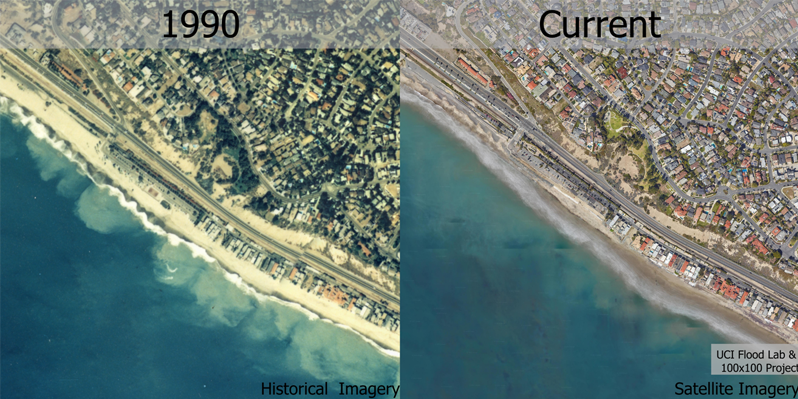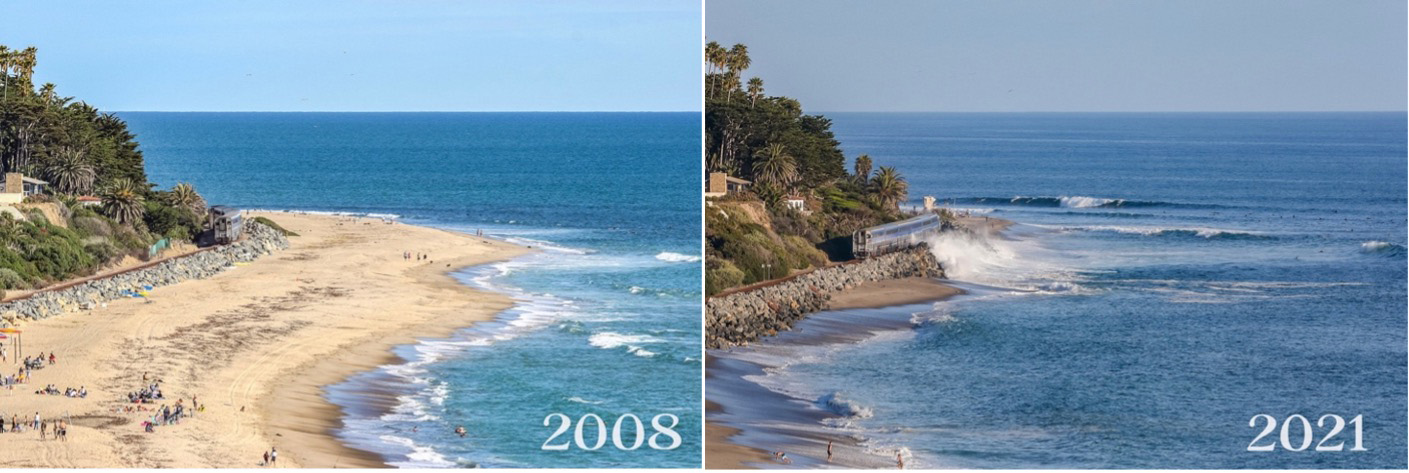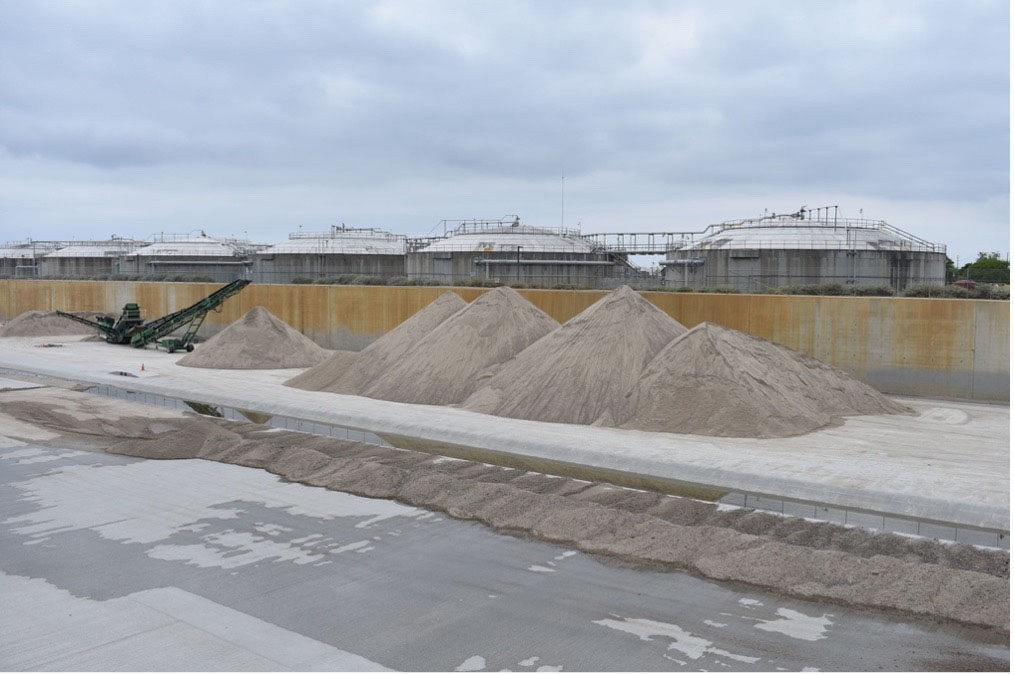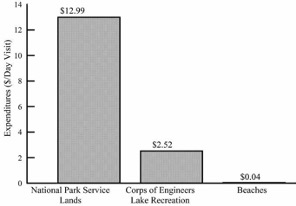California's Beaches Are Eroding: Here's How to Save Them
UC Irvine Beach Dynamics Expert Brett Sanders Offers Solutions

San Juan Capistrano
June 20, 2023 - Southern California could lose many of its beaches in the coming decades. A recent study by the U.S. Geological Survey shows that up to two thirds of Southern California’s beaches could disappear by 2100 if sea levels rise 3 to 6 feet, which according to the State of California Sea-Level Rise Guidance Document is likely.
The trend has already disrupted rail service and shaved beaches in the seaside village of San Clemente as seen near Cottons Point below.

Cottons Point, San Clemente
Retreating coastlines threaten not only the Golden State’s identity but also its economy. Visitor spending reached $135 billion in 2022 and beaches are one of California’s most alluring charms.
UCI environmental engineering Professor Brett Sanders, an expert on coastal erosion and beach dynamics, explains the elements and solutions to this potential state crisis.
Q: Why are beaches eroding in Southern California?
Human development has disrupted the natural processes that supply beaches with sand over the past century, including river flows and cliff erosion. Government programs to artificially nourish beaches have also slowed down over recent decades.
Q: Which beaches are most in danger?
Beaches are in danger from Santa Barbara to San Diego. Orange County has been hit hard with erosion hot spots at Doheny, Capistrano, San Clemente, and San Onofre beaches. Beaches are also in danger in Santa Barbara, Ventura, Malibu, Oceanside and elsewhere.
Q: What is the timeline for their potential erosion?
Erosion is already happening. Southern California beaches tend to shrink when we experience El Niño conditions, and Southern California beaches were hit hard by the 2014-2016 El Niño. With another El Niño developing right now in the central Pacific, the year ahead could be especially challenging.
Q: How might future erosion affect homes and key infrastructure?
Miles and miles of the southern California coast are lined with housing, especially along coastal cliffs vulnerable to erosion and landslides. We’ve also built highways, railroads, water and waste infrastructure, and energy infrastructure right along the coast. A re-routing of the railroad between Orange County and San Diego is already underway and will cost billions. This winter we’ve seen several properties on cliffs get red-tagged after landslides.
Q: How can this problem be resolved?
Restoring sand supplies will be a priority consideration for many communities, particularly those where supplies have been cut off because of human development. A bigger sand supply will help to minimize the erosive impacts of waves and rising tides while also providing a natural resource that can be enjoyed by the public. Sandy beaches are nature’s way of gently dissipating the energy of ocean waves that crash into the coast, and in the absence of sand, more energy attacks the cliffs and terraces supporting infrastructure and housing.

Santa Ana River sand deposits to be sent to Doheny State Beach and Capistrano Beach Park
Q: Will taking sand from the ocean or other proposed areas lead to other environmental problems?
Beach nourishment has been used for decades across the U.S. and around the world, particularly in areas where tourism drives the economy, and engineers have developed best practices for beach nourishment to minimize negative ecosystem impacts. Sand nourishment can also help to restore coastal habitats in areas where natural sand-delivery processes are impaired.
On the other hand, there is a growing challenge of finding the supplies needed to meet the world’s demand for sand. With rapid population growth and urbanization around the world, increased use of concrete has consumed many of the readily available sand supplies, and there has been illicit mining to harvest sands with devastating ecological impacts.
Q: Government efforts to artificially nourish beaches slowed down in recent decades. Why is that?
In Southern California, nourishment was a convenient co-benefit of coastal development from the 1930s to the 1960s. Harbors and marinas were constructed over that time and generated dredged material that was placed along the coast to simultaneously widen beaches to meet the growing needs for beach recreation and tourism. In recent decades, nourishment projects have slowed down in California by the high costs of moving sand and permitting processes, which are onerous for coastal communities.
Nationwide, nourishment efforts continue at a high clip, particularly in states like Florida and New Jersey, but there are growing questions about when and where the use of government funds for beach nourishment is justified. Importantly, beaches are a major driver of tourism and contribute significantly to the federal, state and local taxes that fund government services, yet we don’t make it a practice to put money back into our beaches.

Current government spending on national parks, lakes and beaches
Q: How much would it cost to nourish Southern California’s beaches?
The upcoming San Clemente project pencils out with an annual cost of around $2 million. That might seem like a big number but considering the enormous benefits of beaches (coastal access, recreation, tax revenue, healthy ecosystems) and comparing to the other costs that governments bear on an annual basis, greater investment into beaches could be cost effective for many communities.

Bring Back Our Beaches campaign launched in San Clemente
Local Activism
San Clemente recently launched a Bring Back Our Beaches campaign and produced a short film Running Out Of Time to raise awareness and support for beach nourishment programs. “The beach is personal to us,” San Clemente Mayor Chris Duncan said, “it’s part of who we are as Californians.”
Sanders and his research group, the UCI Flood Lab, have developed advanced coastal dynamics simulation technologies through remote sensing to
monitor sand movement and identify hot spots of sand depletion. This could help plan for mitigation efforts against further beach erosion.
Sanders’ work and that of California State Parks and the County of Orange is making some headway. This summer, 45,000 cubic yards of Santa Ana River sand deposits will be sent to replenish 2,000 feet of the shore between Doheny State Beach and Capistrano Beach Park. The clean sand was collected during flood management efforts. Instead of the usual practice of moving it to construction projects or landfills, it’s going where it will be enjoyed the most – on California’s coast.
-- Natalie Tso
